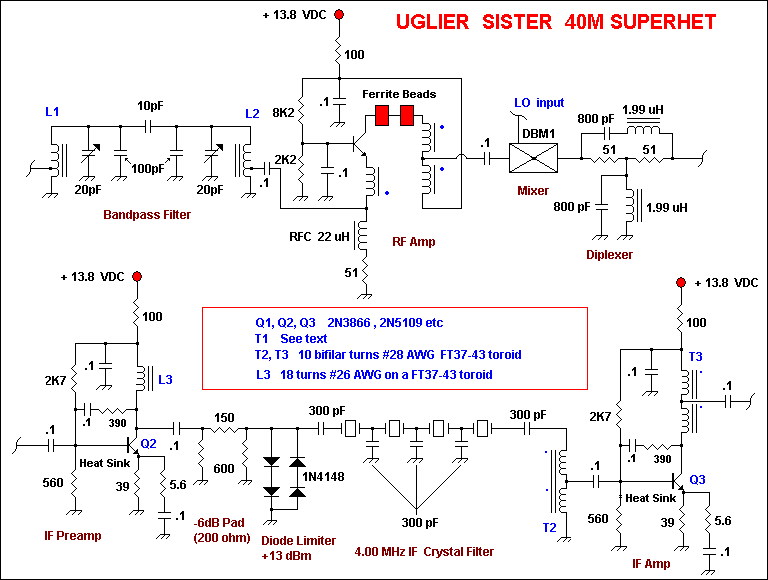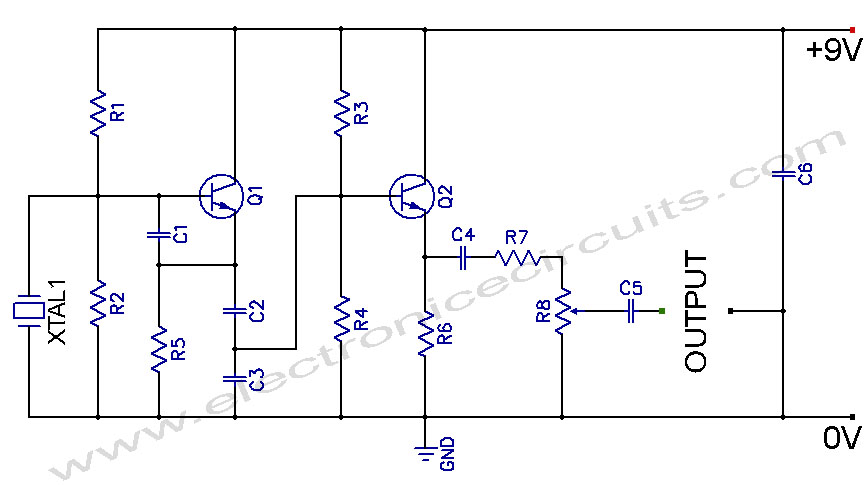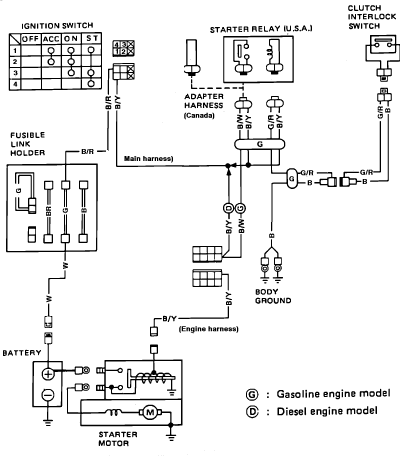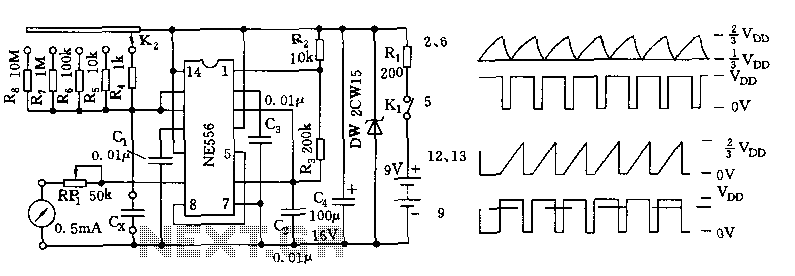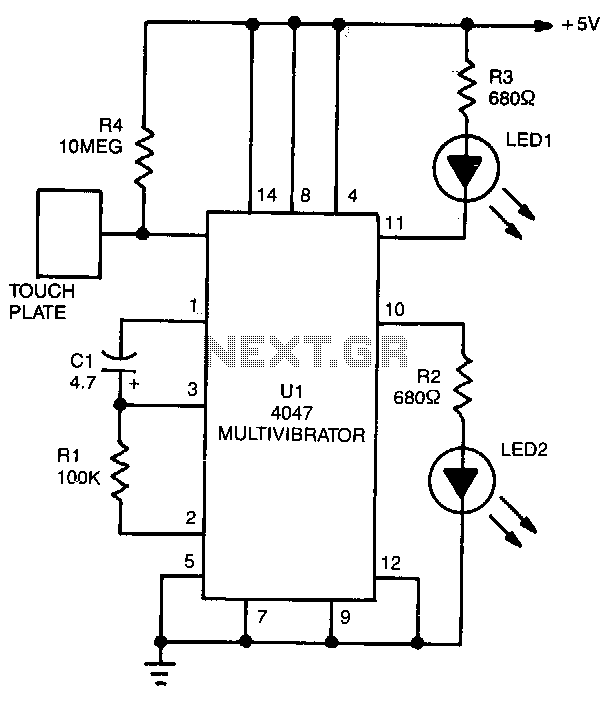
metal detector circuit
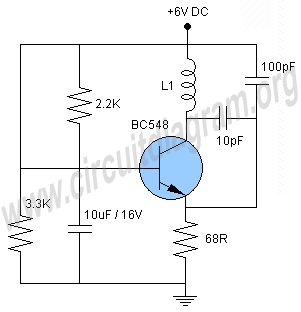
This project involves a simple metal detector circuit that is easy to construct using a single transistor and a few additional components. The circuit operates as a Colpitts oscillator, broadcasting on the AM band. To use it, place a quality AM receiver near the circuit and search for the signal on the radio. When the signal is detected, there will be silence. However, when the metal detector circuit is brought close to any metallic object, a hissing sound will be heard from the AM radio. The inductor L1 consists of 60 turns of #36 enameled copper wire wound around a 1 cm PVC tube. The circuit should be powered by a 6V or 9V battery; using a power supply may introduce noise.
The metal detector circuit utilizes a Colpitts oscillator configuration, which is particularly effective for this application due to its ability to generate a stable frequency. The circuit consists of a transistor, capacitors, an inductor, and a power source. The transistor is used to amplify the oscillations produced by the Colpitts configuration, while the inductor (L1) and capacitors form the resonant tank circuit that determines the frequency of operation.
In this design, L1, consisting of 60 turns of #36 enameled copper wire wound on a 1 cm PVC tube, plays a crucial role in tuning the oscillator. The choice of wire gauge and the number of turns directly influence the inductance value, which, along with the capacitors, sets the oscillation frequency in the AM band.
To ensure optimal performance, it is essential to use a high-quality AM receiver, as this will enhance the ability to detect the oscillations emitted by the metal detector circuit. When the circuit is powered by a 6V or 9V battery, it operates quietly without the interference that a power supply might introduce.
As the metal detector nears a metallic object, the oscillation frequency changes, causing a variation in the signal picked up by the AM radio. This results in the audible hissing sound, indicating the presence of metal. The simplicity of the design makes it an ideal project for electronics enthusiasts, providing a practical application of basic electronic principles while demonstrating the functionality of oscillators in detecting metallic objects.This is a project of a simple metal detector circuit. The circuit is easy to build using only one transistor and few other components. The circuit is a colpitts oscillator which boradcast on AM band. Take a good quality am receiver and place it near this circuit and search the signal in your radio, when the radio found the signal you will hear no sound. Now when you place this metal detector circuit near any metal object you will hear hissing sound from your AM radio. L1 is equal to 60 turns of #36 enameled copper wire wound on 1cm PVC tube. A 6V or 9V battery should be used to power the circuit. Do not use power supply to power the circuit it will create noise. 🔗 External reference
The metal detector circuit utilizes a Colpitts oscillator configuration, which is particularly effective for this application due to its ability to generate a stable frequency. The circuit consists of a transistor, capacitors, an inductor, and a power source. The transistor is used to amplify the oscillations produced by the Colpitts configuration, while the inductor (L1) and capacitors form the resonant tank circuit that determines the frequency of operation.
In this design, L1, consisting of 60 turns of #36 enameled copper wire wound on a 1 cm PVC tube, plays a crucial role in tuning the oscillator. The choice of wire gauge and the number of turns directly influence the inductance value, which, along with the capacitors, sets the oscillation frequency in the AM band.
To ensure optimal performance, it is essential to use a high-quality AM receiver, as this will enhance the ability to detect the oscillations emitted by the metal detector circuit. When the circuit is powered by a 6V or 9V battery, it operates quietly without the interference that a power supply might introduce.
As the metal detector nears a metallic object, the oscillation frequency changes, causing a variation in the signal picked up by the AM radio. This results in the audible hissing sound, indicating the presence of metal. The simplicity of the design makes it an ideal project for electronics enthusiasts, providing a practical application of basic electronic principles while demonstrating the functionality of oscillators in detecting metallic objects.This is a project of a simple metal detector circuit. The circuit is easy to build using only one transistor and few other components. The circuit is a colpitts oscillator which boradcast on AM band. Take a good quality am receiver and place it near this circuit and search the signal in your radio, when the radio found the signal you will hear no sound. Now when you place this metal detector circuit near any metal object you will hear hissing sound from your AM radio. L1 is equal to 60 turns of #36 enameled copper wire wound on 1cm PVC tube. A 6V or 9V battery should be used to power the circuit. Do not use power supply to power the circuit it will create noise. 🔗 External reference
